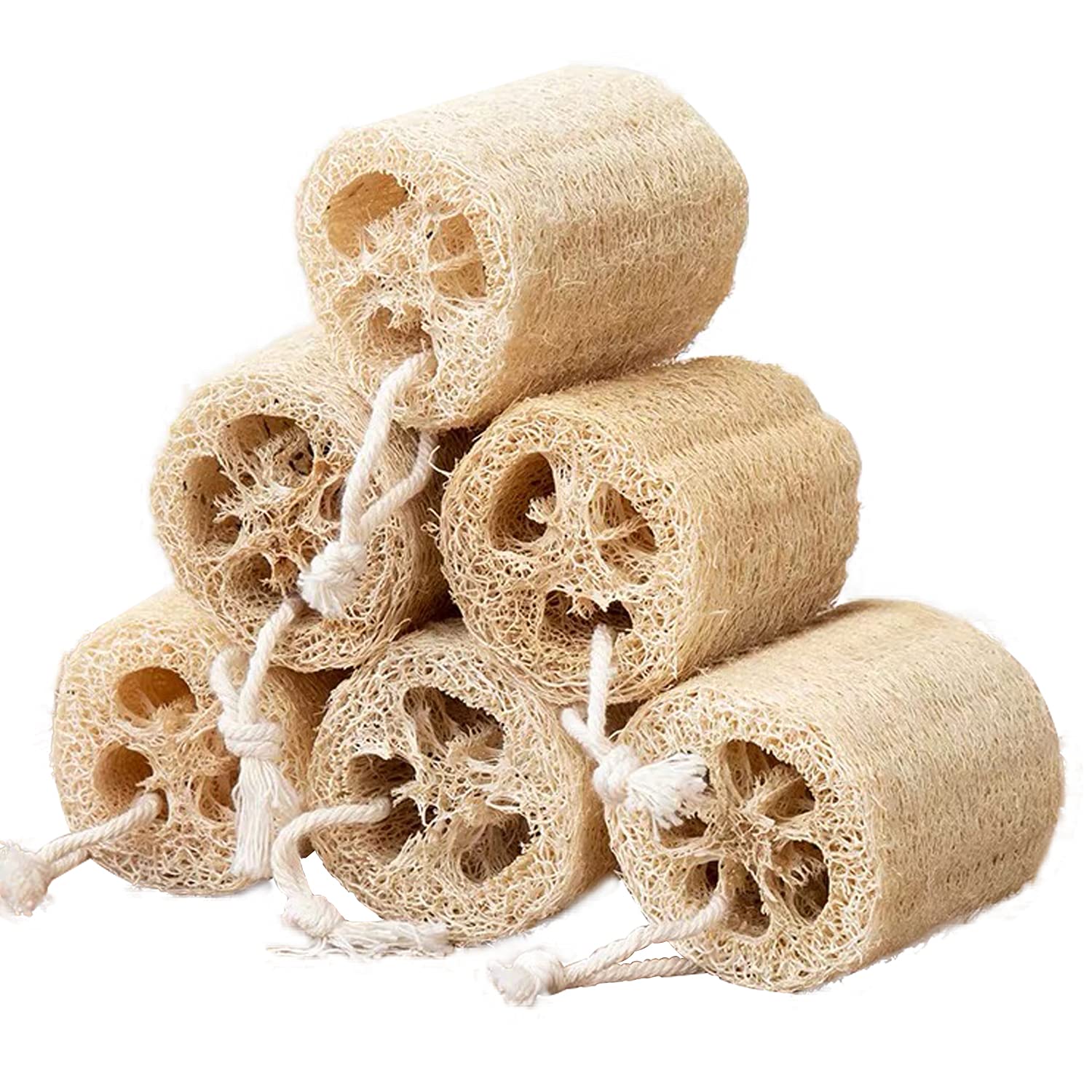Loofas have been used for centuries as a natural and affordable way to cleanse and exfoliate the skin. However, there are many myths and misconceptions surrounding loofas that can cause confusion and lead to improper use. In this article, we will explore some of the most common loofa myths and misunderstandings and set the record straight.

Myth #1: Loofas are always made from sea sponge
One of the most common misconceptions about loofas is that they are made from sea sponge. However, while sea sponges are a popular natural material for beauty products, they are not the same thing as a loofa. Loofas are actually made from the fibrous skeleton of the loofa plant, which is a member of the cucumber family. When this fibrous material is dried and processed, it creates the rough, textured surface that is ideal for exfoliating the skin.
Myth #2: Loofas are not hygienic
Another common myth about loofas is that they are not hygienic and can harbor bacteria and germs. While it’s true that any object that comes into contact with the skin can potentially harbor bacteria, proper care and regular replacement can help to minimize this risk. After each use, it’s important to rinse your loofa thoroughly and hang it in a well-ventilated area to dry. You should also avoid sharing your loofa with others and replace it regularly, ideally every three to four weeks, to ensure maximum hygiene.
Myth #3: The rougher the loofa, the better
Many people believe that the rougher and more abrasive their loofa, the better it is for exfoliating the skin. However, this is not necessarily true, as using a loofa that is too rough or abrasive can actually damage the skin and cause irritation. It’s important to choose a loofa with the right texture for your skin type and to use it gently with a circular motion. If your skin feels irritated or sensitive after using a loofa, it may be too rough or you may need to exfoliate less frequently.
Myth #4: Loofas are only for the body
While loofas are commonly used for exfoliating the skin on the body, they can also be used on the face and other delicate areas. However, it’s important to choose a loofa with a suitable texture and to use it gently to avoid damaging the skin. For facial ex foliation, it’s best to choose a smaller, softer loofa or a konjac sponge, which is made from plant roots and is gentler on the skin. When using a loofa or sponge on the face, always apply gentle pressure and avoid using it around the eye area.
Myth #5: Loofas are suitable for all skin types
While loofas can be a great addition to a skincare routine, they may not be suitable for everyone. People with sensitive or acne-prone skin may find that a loofa is too abrasive and can aggravate their skin condition. It’s important to choose a loofa with the appropriate texture for your skin type and to use it gently. If you have sensitive or acne-prone skin, you may be better off using a gentle chemical exfoliant or a konjac sponge instead.
Myth #6: Loofas can replace cleanser
Another myth about loofas is that they can replace your regular cleanser. However, while loofas can help to remove dead skin cells and other impurities, they are not a substitute for a proper cleansing routine. It’s important to use a gentle cleanser to remove dirt, oil, and makeup from your skin before using a loofa or other exfoliating tool. This will help to ensure that your skin is clean and free of impurities, allowing the loofa to work more effectively.
In conclusion, loofas are an effective and affordable way to cleanse and exfoliate the skin. By debunking these common loofa myths and misconceptions, you can learn how to use this natural beauty tool safely and effectively. Remember to choose a loofa with the appropriate texture for your skin type, use it gently, and replace it regularly to ensure maximum hygiene and effectiveness. With proper care and use, a loofa can help to promote healthy, glowing skin.